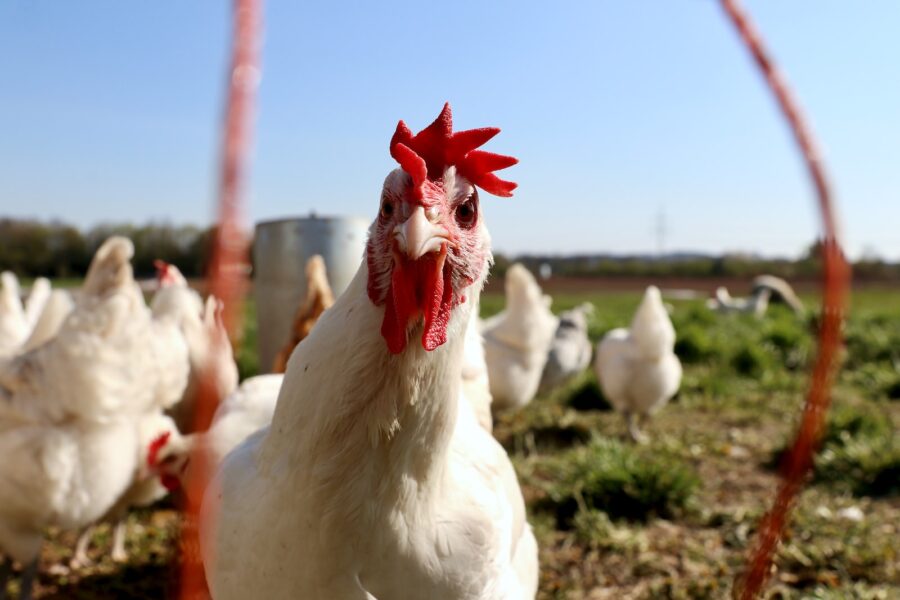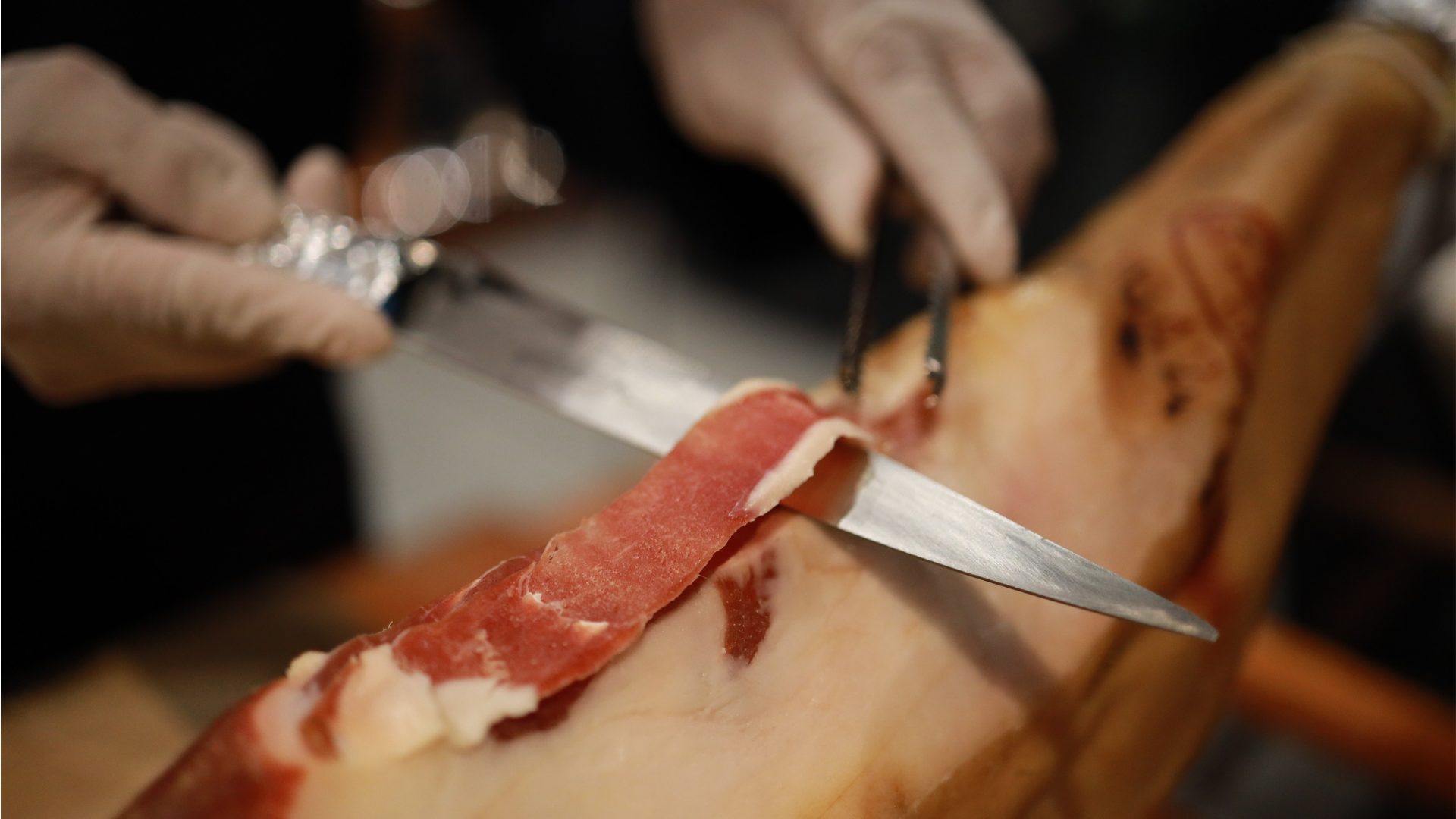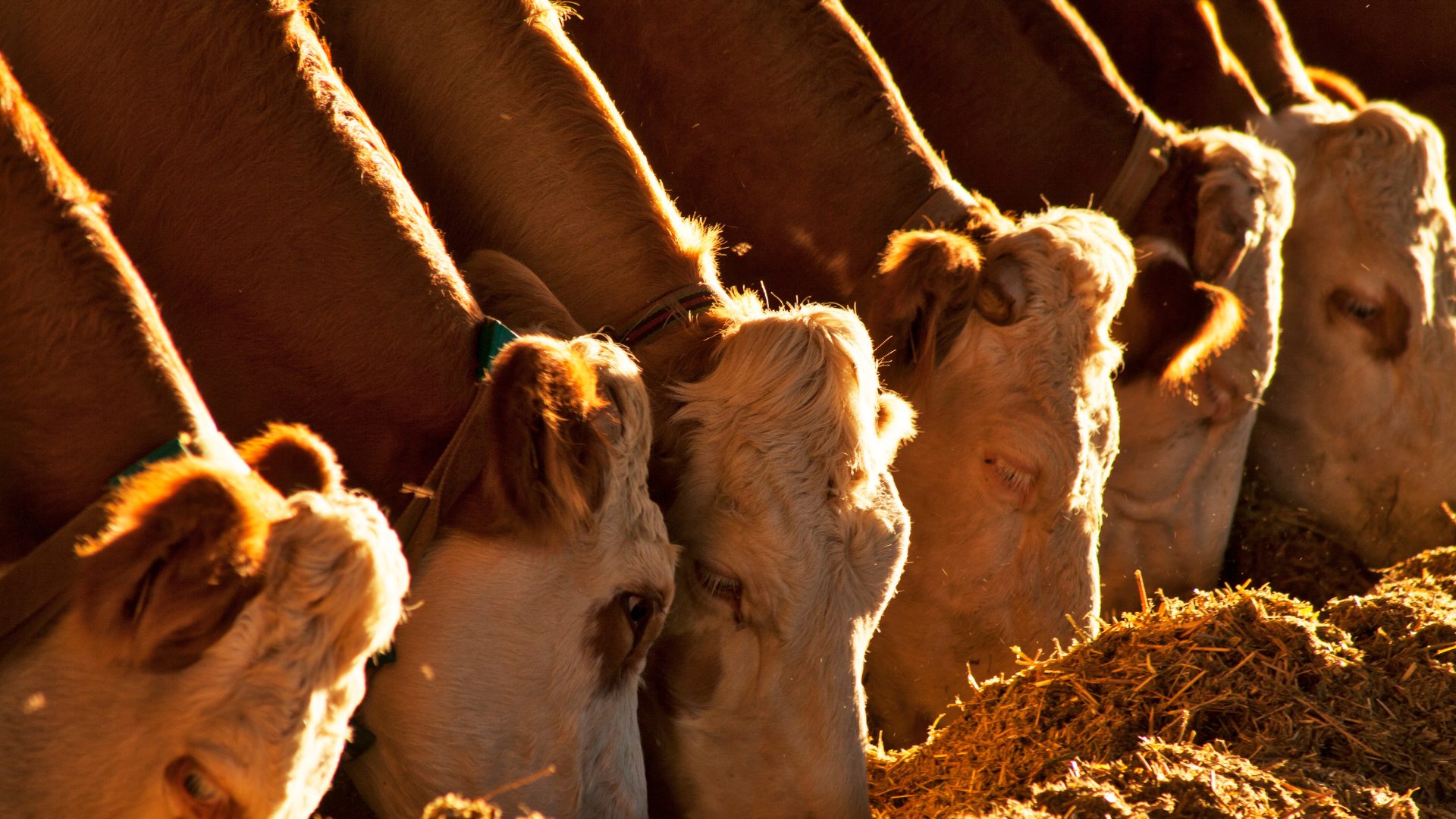Although the number of birds dying from avian influenza fell in January, the USDA predicts a resurgence in spring as wild birds begin their semiannual migration.
“The threat of continued infection is out there,” Glenn Hickman, chief executive of Hickman’s Egg Ranch in Arizona, told The Wall Street Journal (Feb. 23). “We’re going to have to develop a way to cope.”
In the last year, avian influenza, which has a 100% mortality rate in chickens, has killed some 58 million farm-raised chickens and turkeys, including more than 43 million egg-laying hens, in the U.S., costing the poultry industry some $661 million and leading to soaring egg prices.
The outbreak has led egg farms to develop procedures for washing and disinfecting trucks carrying feed, install upgraded barn ventilation systems and loud motion-detecting alarm systems, and require workers to wear jumpsuits and shoe coverings,.
The current outbreak has affected every continent, and fears are growing the disease could touch off another pandemic with the death of an 11-year-old Cambodian girl, the Associated Press reported (Feb. 23). Reuters reported (Feb. 23) a number of mammals, ranging from foxes and grizzly bears to seals and sea lions, have been affected by the virus although the current risk to humans remains low.
In other news:
Exports: USDA predicts China will remain the top importer of U.S. agriculture products in 2023. The International Monetary Fund predicts the Chinese economy will grow by 5.2% this year with the end of the country’s zero-COVID policy. Exports of U.S. agricultural products to China reached $36.4 billion last year even though growth in China had slowed to 3%, the USDA reported.
“China’s importance to U.S. farms and their profitability cannot be ignored. Despite major challenges including the COVID-19 pandemic and logistical disruptions to U.S. agricultural supply chains, the United States witnessed its second-consecutive record exports to China in FY 2022. China is forecast as the largest U.S. export market in FY 2023 for the third consecutive year at $34 billion,” USDA said.
California grapes: The California Department of Food and Agriculture reported the state’s wine grape harvest last year was the smallest since 2011. The Preliminary Grape Crush Report put the total at 3.35 million tons. Greg Livengood, president of Ciatti Company, said in a statement released by the global wine and grape brokerage that drought and frost were major contributors to the light harvest, as well as vineyard removal, AgAlert reported (Feb. 22).
The Food Institute Podcast
Click the play button above to listen to the episode.
Cyber threats are a growing issue for the food industry, but what can food companies do to keep their data safe and operations intact? More importantly, how should you react after a cyber-intrusion takes place? Arete Incident Response’s DJ Schalk discusses common threat vectors and explores ransom negotiations, while HUB International’s Sommer Chanady and Brian Schnese discuss how insurance can protect your business and best practices to help prevent an intrusion in the first place.












